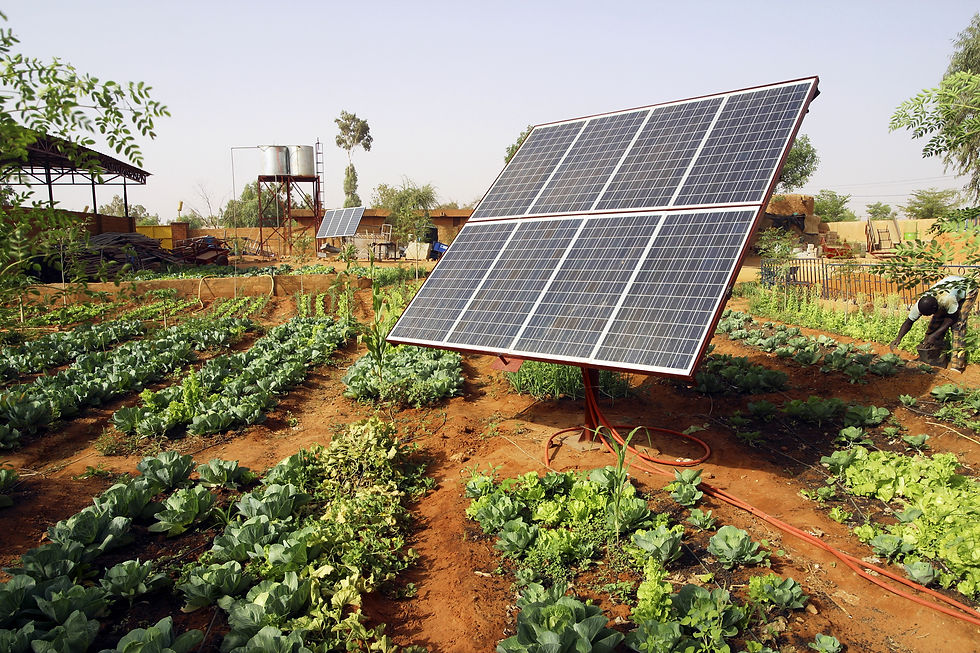
How Do Solar Panels Work?
Welcome to our comprehensive guide on how solar panels work! In this article, we will demystify the technology behind solar panels, exploring the science, components, and benefits of harnessing the power of the sun to generate clean and renewable energy.
1. Introduction to Solar Panels
Solar panels, also known as photovoltaic panels, are devices that convert sunlight directly into electricity through a process called the photovoltaic effect. This revolutionary technology has gained immense popularity due to its ability to generate sustainable energy while minimizing carbon emissions and reducing dependence on fossil fuels.
2. The Science Behind Solar Panels
At the core of solar panels are solar cells, typically made from silicon, a semiconductor material. When photons (particles of light) from the sun's rays strike these cells, they transfer their energy to electrons in the silicon atoms. This energy excites the electrons, allowing them to flow through the material as an electric current.
3. Components of a Solar Panel System
Solar Cells: These are the building blocks of solar panels. They are connected in an organized grid pattern on the panel's surface to maximize energy absorption.
Encapsulation: Solar cells are protected and encapsulated within a transparent material, usually tempered glass, which is designed to protect the cells from external elements while allowing sunlight to pass through.
Backsheet: The backsheet is the rear layer of the solar panel that provides insulation and protection against moisture and other environmental factors.
Frame: The frame provides structural support to the panel and allows for easy installation on various surfaces, such as rooftops or ground mounts.
Wiring and Connectors: Electrical wiring connects the solar cells to form a circuit. Connectors facilitate the link between panels and the overall solar system.
Inverter: The generated direct current (DC) electricity from the solar panels is converted into alternating current (AC) electricity, which is the type of electricity used in homes and businesses, through an inverter.

4. Solar Panel System Operation
When sunlight strikes the solar panels, the solar cells absorb the energy and generate DC electricity. This DC electricity is then sent to the inverter, where it is converted into AC electricity that can be used to power your home, business, or even feed back into the grid. Excess electricity can be stored in batteries for later use or sold back to the grid through net metering programs.
5. Benefits of Solar Panels
Clean and Renewable Energy: Solar panels produce clean energy without emitting greenhouse gases, contributing to a reduction in environmental impact and combating climate change.
Reduced Energy Bills: By generating your own electricity, you can significantly lower your monthly energy bills and potentially even eliminate them.
Low Maintenance: Solar panels have minimal moving parts, requiring little maintenance beyond occasional cleaning to ensure optimal efficiency.
Energy Independence: Solar panels provide a level of energy independence, reducing reliance on external energy sources and the volatility of energy markets.
Longevity: High-quality solar panels can last 25 years or more, making them a durable and long-term investment.
In conclusion, solar panels work by converting sunlight into electricity through the photovoltaic effect. By understanding the science, components, and benefits of solar panel systems, you can make an informed decision about harnessing solar energy to power your home or business. Embrace the future of clean and sustainable energy with solar panels!
.png)
Comments